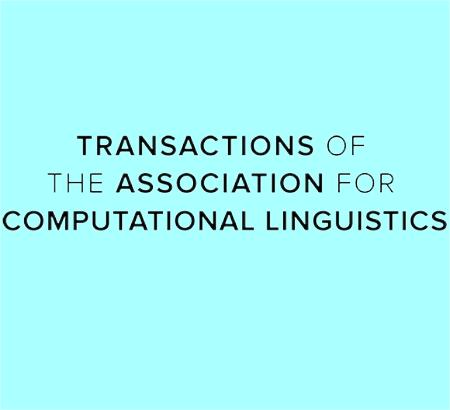可解释的滥用检测:意图分类和槽填充
IF 4.2
1区 计算机科学
Q2 COMPUTER SCIENCE, ARTIFICIAL INTELLIGENCE
Transactions of the Association for Computational Linguistics
Pub Date : 2022-10-06
DOI:10.1162/tacl_a_00527
引用次数: 4
摘要
摘要为了主动为社交媒体用户提供安全的在线体验,需要一种能够检测有害帖子并及时提醒平台版主的系统。为了保证执行一致的政策,向主持人提供了详细的指导方针。相比之下,大多数最先进的模型从标记的例子中了解什么是滥用,因此他们的预测基于虚假的线索,例如组标识符的存在,这可能是不可靠的。在这项工作中,我们引入了策略感知滥用检测的概念,放弃了不切实际的期望,即系统可以通过单独检查数据来可靠地了解哪些现象构成滥用。我们提出了一种机器友好的策略表示,主持人希望通过将其分解为意图和槽的集合来执行该策略。我们收集并注释了一个包含3535篇带有此类空位的英语帖子的数据集,并展示了如何将意图分类和空位填充的架构用于滥用检测,同时为模型决策提供了依据。1本文章由计算机程序翻译,如有差异,请以英文原文为准。
Explainable Abuse Detection as Intent Classification and Slot Filling
Abstract To proactively offer social media users a safe online experience, there is a need for systems that can detect harmful posts and promptly alert platform moderators. In order to guarantee the enforcement of a consistent policy, moderators are provided with detailed guidelines. In contrast, most state-of-the-art models learn what abuse is from labeled examples and as a result base their predictions on spurious cues, such as the presence of group identifiers, which can be unreliable. In this work we introduce the concept of policy-aware abuse detection, abandoning the unrealistic expectation that systems can reliably learn which phenomena constitute abuse from inspecting the data alone. We propose a machine-friendly representation of the policy that moderators wish to enforce, by breaking it down into a collection of intents and slots. We collect and annotate a dataset of 3,535 English posts with such slots, and show how architectures for intent classification and slot filling can be used for abuse detection, while providing a rationale for model decisions.1
求助全文
通过发布文献求助,成功后即可免费获取论文全文。
去求助
来源期刊
CiteScore
32.60
自引率
4.60%
发文量
58
审稿时长
8 weeks
期刊介绍:
The highly regarded quarterly journal Computational Linguistics has a companion journal called Transactions of the Association for Computational Linguistics. This open access journal publishes articles in all areas of natural language processing and is an important resource for academic and industry computational linguists, natural language processing experts, artificial intelligence and machine learning investigators, cognitive scientists, speech specialists, as well as linguists and philosophers. The journal disseminates work of vital relevance to these professionals on an annual basis.

 求助内容:
求助内容: 应助结果提醒方式:
应助结果提醒方式:


